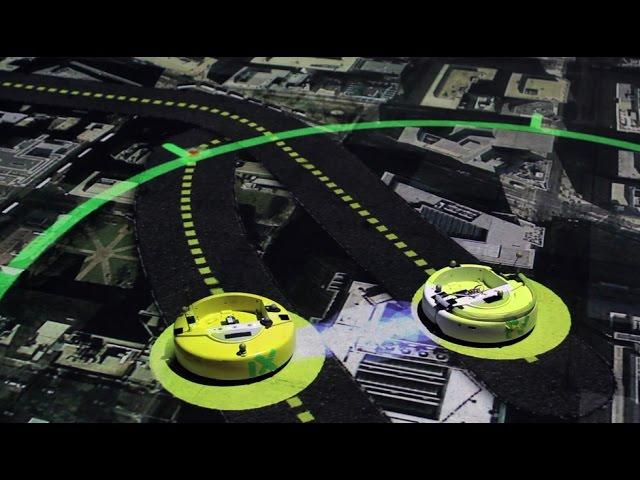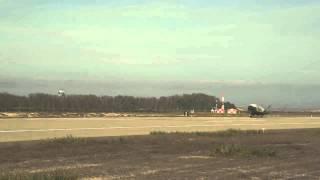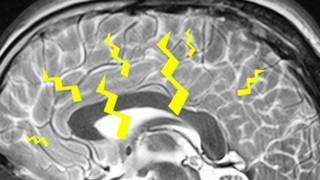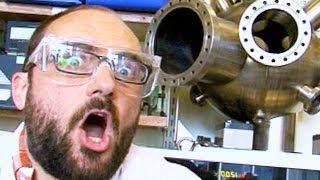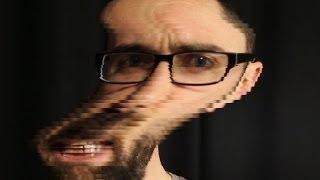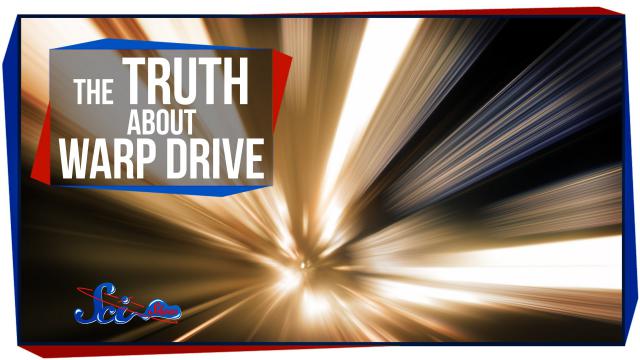Time Travel, Teleportation & Science
Time travel is the concept of moving between different points in time in a manner analogous to moving between different points in space, generally using a theoretical invention, namely a time machine. It has a commonly recognized place in philosophy and fiction, but has a very limited application in real world physics, such as in quantum mechanics or wormholes.
Although the 1895 novel The Time Machine by H. G. Wells was instrumental in moving the concept of time travel to the forefront of the public imagination, The Clock That Went Backward by Edward Page Mitchell was published in 1881 and involves a clock that allowed three men to travel backwards in time.[1][2] Non-technological forms of time travel had appeared in a number of earlier stories such as Charles Dickens' A Christmas Carol. Historically, the concept dates back to the early mythologies of Hinduism (such as the Mahabharata), Buddhism, and Islam through ancient folk tales. More recently, with advancing technology and a greater scientific understanding of the universe, the plausibility of time travel has been explored in greater detail by science fiction writers, philosophers, and physicists.
Teleportation, or Teletransportation, is the theoretical transfer of matter or energy from one point to another without traversing the physical space between them. It has a commonly recognized place in science fiction literature, film, and television, but as yet has a very limited application in real world physics, such as quantum teleportation or the study of wormholes.
Science (from Latin scientia, meaning "knowledge") is a systematic enterprise that builds and organizes knowledge in the form of testable explanations and predictions about the universe. In an older and closely related meaning, "science" also refers to a body of knowledge itself, of the type that can be rationally explained and reliably applied. A practitioner of science is known as a scientist.
In modern usage, "science" most often refers to a way of pursuing knowledge, not only the knowledge itself. It is also often restricted to those branches of study that seek to explain the phenomena of the material universe.
Source : Wikipedia
-
05:54
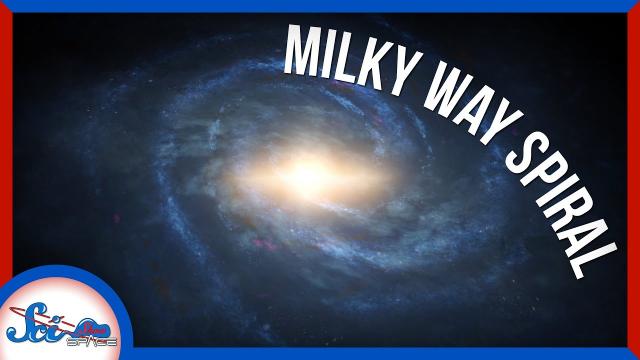
How Did the Milky Way Get Its Spiral?
Added 284 Views / 0 LikesThis episode is brought to you by EnergySage, the nation’s most trusted online solar marketplace. Head to https://communitysolar.energysage.com/?rc=cp-scishowspace to see what community solar options are available in your area. With community solar, you c
-
06:39

Sci-Fi Science: Physics of the Impossible Season 2 Episode 12 Shapeshifting Transformer Part 2
Added 1,080 Views / 0 LikesSci-Fi Science: Physics of the Impossible Season 2 Episode 12 Shapeshifting Transformer Part 2
-
05:56
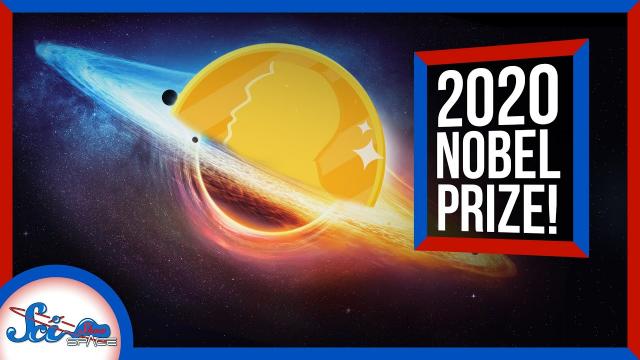
How We Learned Black Holes Actually Exist | 2020 Nobel Prize in Physics
Added 316 Views / 0 LikesDid you know Einstein never thought we’d find actual black holes in space? It took decades of research to show black holes are physically possible, and some of the scientists behind that research were honored this year with the Nobel Prize in Physics. Hos
-
32:24
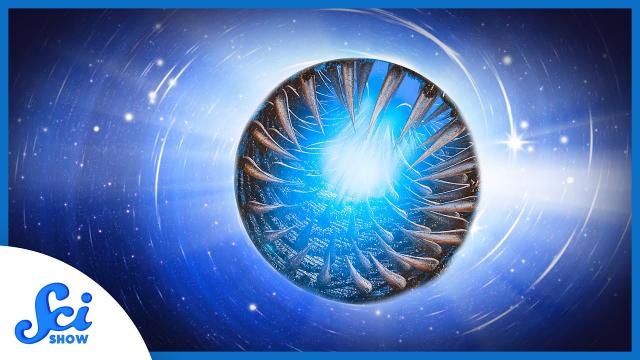
Black Holes: The Hungriest Things in the Universe
Added 289 Views / 0 LikesIf you thought a hot dog eating contest was impressive to complete, imagine if a black hole entered it! They eat up everything around them, including stars! But they’re not just gluttonous blobs of the universe. Like all things in space, they’re a little
-
05:14
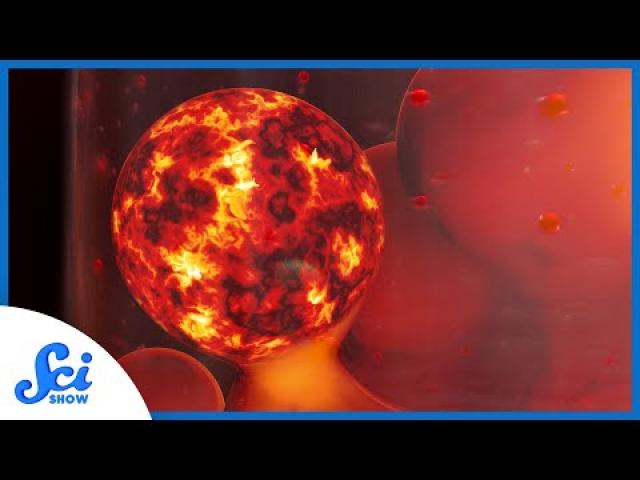
Two Decades Later, We Know Why the Sun Is a Lava Lamp
Added 242 Views / 0 LikesIn 1999, scientists discovered something that took over 20 years to solve. Why do solar flares move like a lava lamp?Hosted By: Hank Green----------Huge thanks go to the following Patreon supporter for helping us keep SciShow Space free for everyone forev
-
06:08
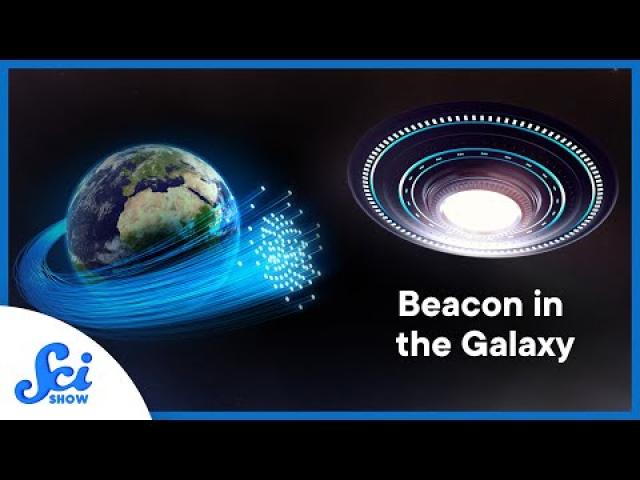
We’re Talking To Aliens
Added 196 Views / 0 LikesWe’ve done a lot of searching for life in the universe and we need to continue to if we hope to make contact. But not all of our attempts were expected to succeed. That’s where Beacon in the Galaxy comes in. Hosted By: Hank Green----------Huge thanks go t
-
03:47

Raindrops splash down on leaves, spread pathogens among plants
Added 707 Views / 0 LikesRaindrops splash down on leaves, spread pathogens among plants
-
01:40
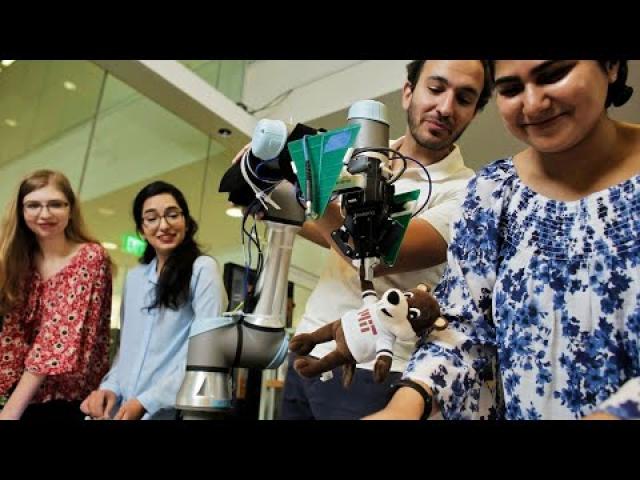
Robotic system can locate and retrieve hidden items
Added 213 Views / 0 LikesThis new robotic system, named FuseBot, uses radio frequency signals, computer vision, and complex reasoning to efficiently find items hidden under a pile. (Learn more: https://news.mit.edu/2022/robot-pick-place-hidden-objects-0629)Watch more videos from
-
1:21:33
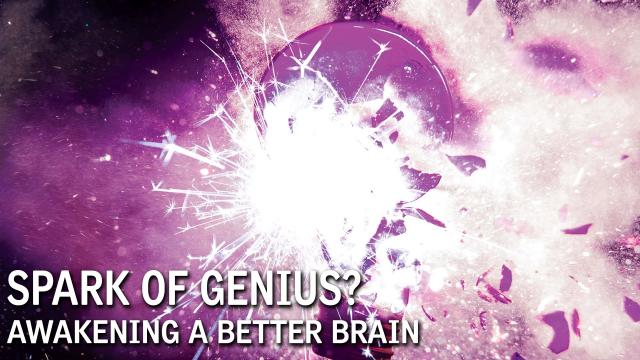
Spark of Genius? Awakening a Better Brain
Added 587 Views / 0 LikesSpark of Genius? Awakening a Better Brain
-

Psychedelics: Chemicals, Consciousness & Creativity
Added 228 Views / 0 Likes#briangreene #psychedelics #reggiewattsFor millennia, psychedelic substances have been used as sacraments, medicines, and tools to shift consciousness and expand the mind. Why have these compounds captivated humans for so long and how do they actually wor
-
16:32
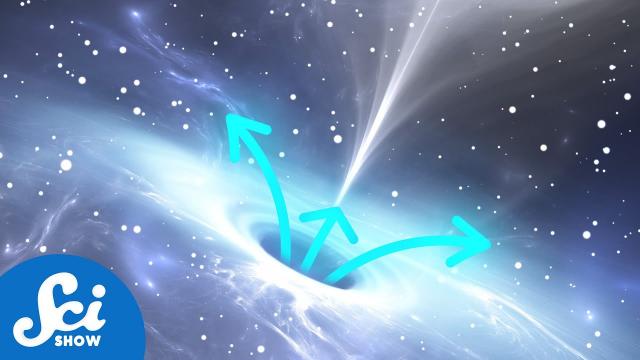
In Space, Anything Is Possible | Compilation
Added 179 Views / 0 LikesWhat’s impossible today becomes possible tomorrow, and this is especially true in astronomy. Here are three videos about things we could only once imagine.Hosts: Hank Green, Caitlin Hofmeister, Reid Reimers----------Huge thanks go to the following Patreon
-
07:13
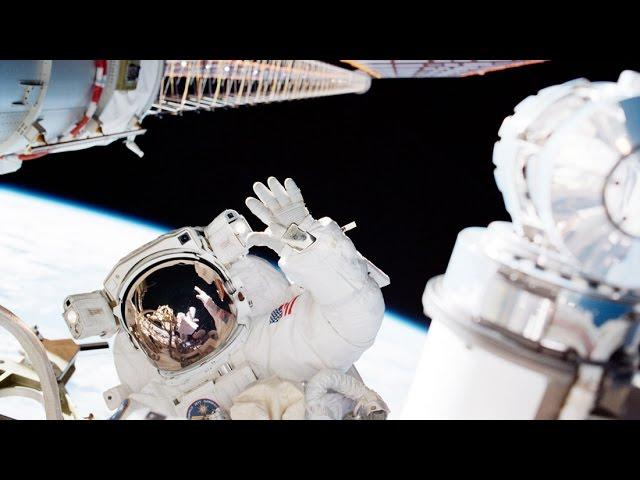
Rocket into space with MIT professor and astronaut Jeff Hoffman
Added 695 Views / 0 LikesRocket into space with MIT professor and astronaut Jeff Hoffman
-
31:16
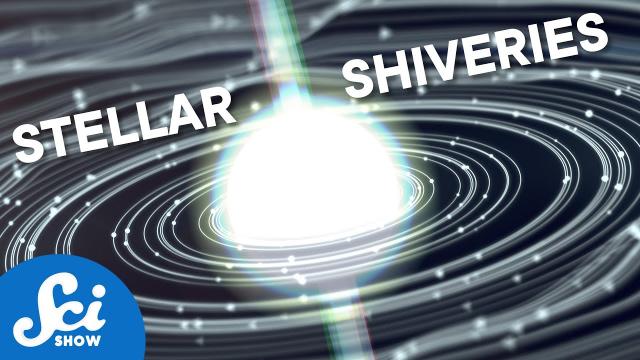
How Can Stars Quake Without Tectonic Plates? (And Other Seismic Mysteries) | Compilation
Added 166 Views / 0 LikesAstronomers have seen quakes or volcanos on many celestial bodies that don't have tectonic plates like Earth does. So let's take a look around the solar system and see how various seismic features happen.Hosted by: Hank Green (he/him)----------Huge thanks
-
04:31
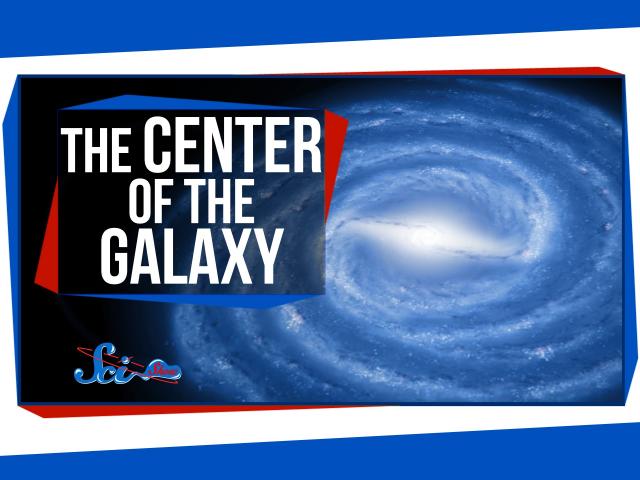
Journey to the Center of the Galaxy
Added 763 Views / 0 LikesJourney to the Center of the Galaxy

